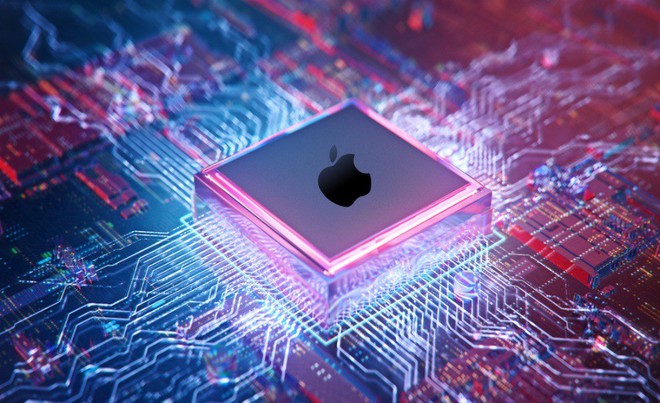Apple accelerates the chip development, in 2022 will launch the 4nm architecture Bionic A16 chip
- Tram Ho
With the launch of the iPhone 12 series last month, Apple became the first smartphone maker to use 5nm chips. The A14 Bionic designed by Apple leads a new generation of processor chips based on the 5nm architecture, increasing the number of transistors without increasing chip size, improving performance and saving battery life.
The A14 Bionic, manufactured by TSMC’s process, allows 171.3 million transistors to be placed inside 1 square millimeter, compared to 89.97 million transistors inside the same area of the 7nm A13 chip.

Thanks to the 5nm process, the A14 chip has 11.8 billion transistors inside, compared to the A13 with only 8.5 billion transistors. The M1 chip found in Apple’s new Mac computer also uses 5nm architecture, and has up to 16 billion transistors.
According to TrendForce reports, Apple will continue to use the 5nm architecture for the A15 Bionic chip next year. However, there will be another big step forward in 2022, when Apple will officially move to 4nm architecture. Apple will continue to lead the market again, when the first 4nm chips for Android smartphones will not be released until 2023.
In 1965, Intel co-founder Gordon Moore observed that the density of transistors inside processor chips would double every two years. From there came Moore’s Law, which dictated that the transistor density would double every two years.
From the 7nm to 5nm architecture, the transistor density has increased by 90%. Based on the revealed data, from 5nm to 4nm architecture, the transistor density will only increase by about 75%. That means Moore’s law is likely to be broken and will come to an end.
What keeps manufacturers up to date with Moore’s law is the EUV ultraviolet lithography method. The technology uses microscopic ultraviolet beams to etch onto silicon wafers where transistors will be located. But even with this most advanced technology, manufacturers are nearing the limit.
Reference: phonearena
Source : Genk
